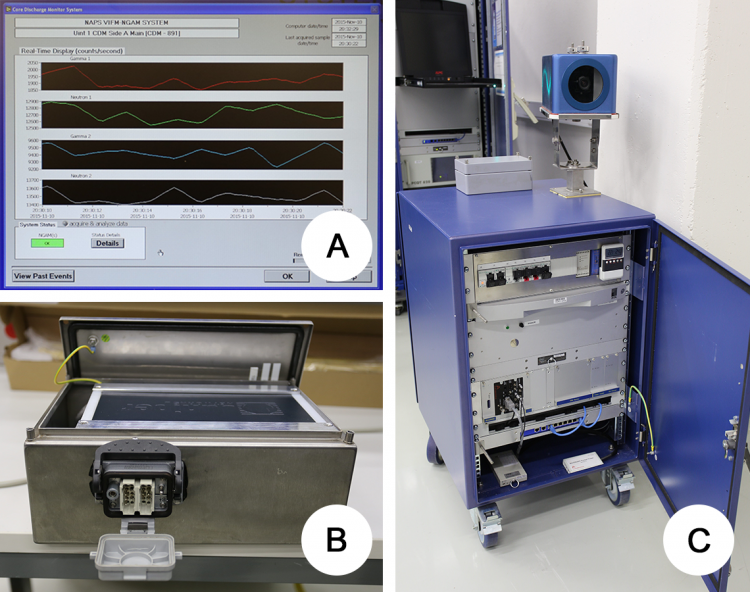While inspections are at the heart of the IAEA’s verification activities, they are increasingly supplemented by surveillance technologies that operate around the clock. This allows the IAEA to strengthen the effectiveness of its safeguards while increasing its efficiency.
Such monitoring of nuclear material and facilities provides continuity of knowledge, the ultimate assurance that material is not diverted from peaceful use. Instead of requiring the presence of inspectors, cameras and radiation detectors record long operations, such as refuelling a light water reactor, which can take weeks. Data are either securely transmitted to the IAEA in real time or inspectors can review them on location during an inspection, and check whether activities have been performed as declared.
Over a million pieces of encrypted safeguards data are collected by over 1400 surveillance cameras, and 400 radiation and other sensors around the world. More than 23 000 seals installed at nuclear facilities ensure containment of material and equipment.
Watchful eyes
The IAEA’s next generation surveillance system (NGSS) consists of cameras housed in tamper-indicating containers and equipped with long lasting batteries that can provide electricity for extended periods without access to external power. The authenticity and confidentiality of surveillance data acquired by the NGSS is maintained by three different layers of cryptographic data protection and multiple layers of physical, passive and active tamper-indication technology. At the heart of the NGSS camera, a secure surveillance core component protects the critical electronic components and the optical sensor, as well as the cryptographic secrets by an active tamper-indication mechanism.












